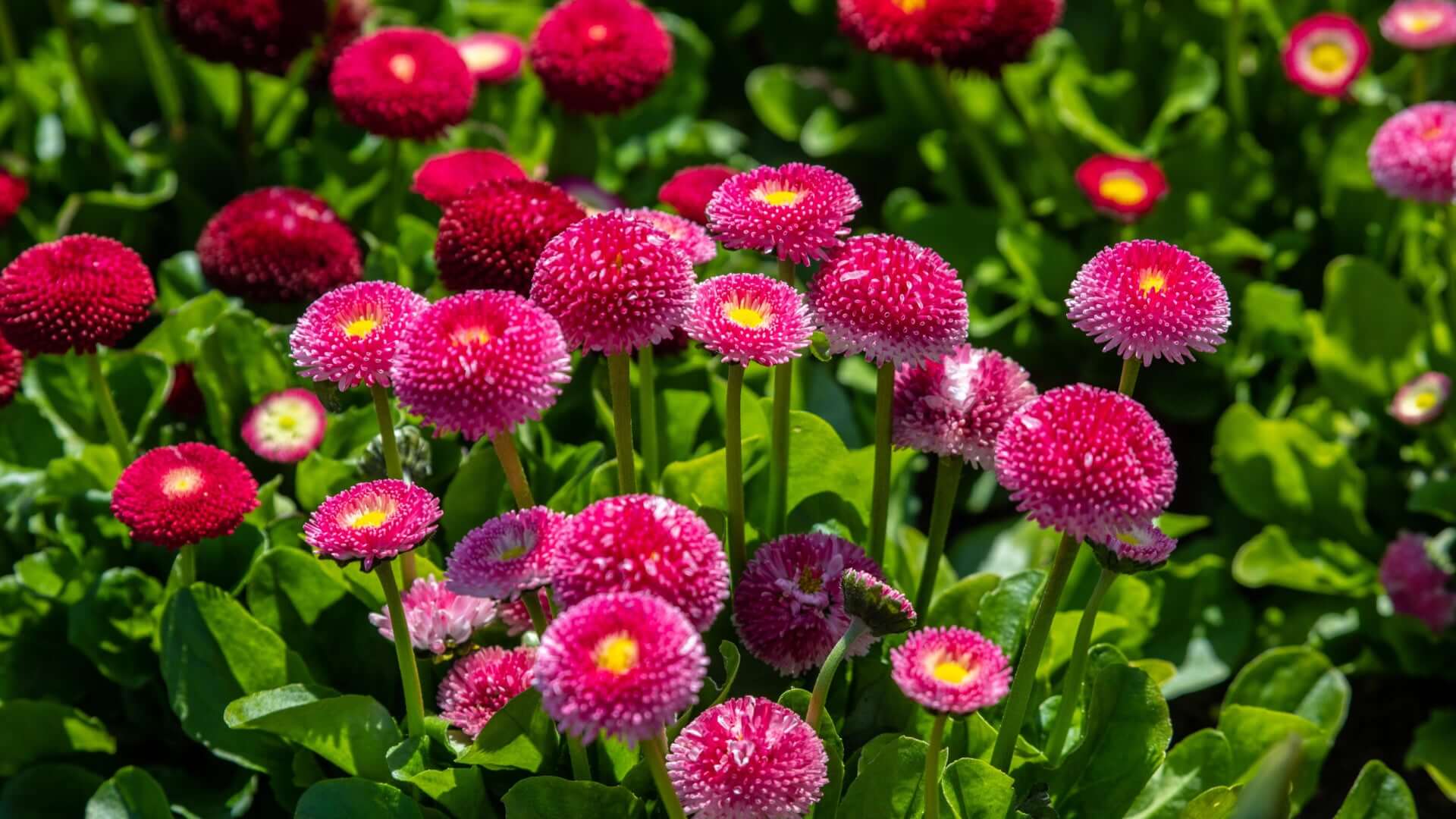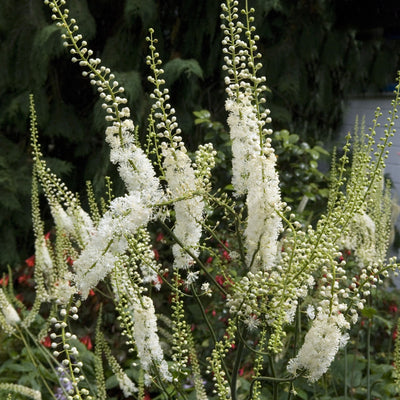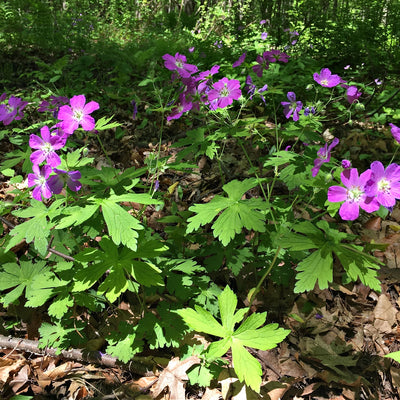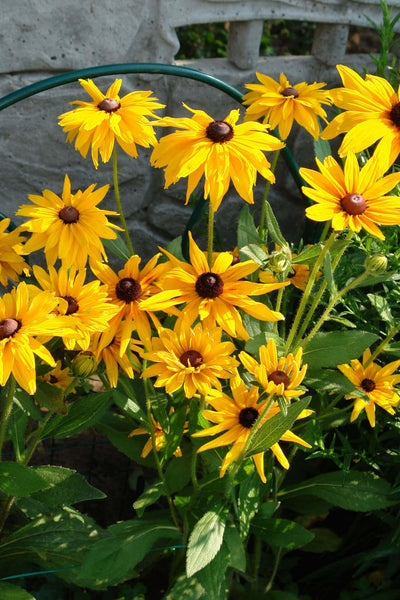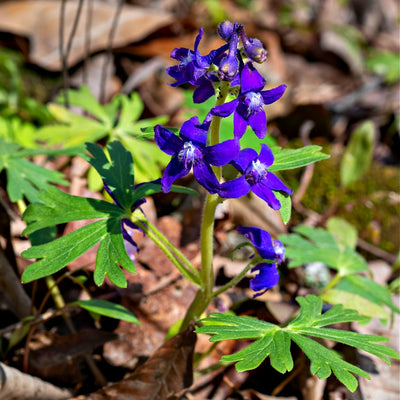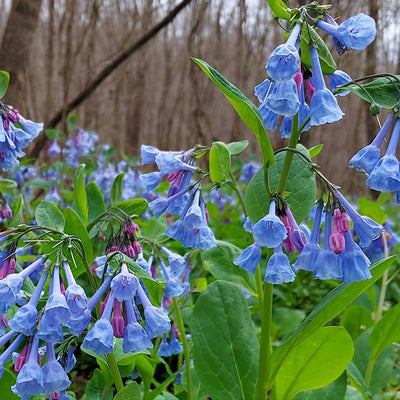With so many options available for planting, one can get lost in the selection process for their garden. Some plants can bloom within a single season, while others can bloom across many seasons. In blooming beauty, all plants do undoubtedly offer something different. However, if one is aspiring for a garden that is easy to take care of while having a plethora of blooms, perennials stand out as the optimum choice. I will explore the significance of perennials in various landscaping designs, different types of perennials, and the advantages to having perennials in one’s yard.
The Benefits of Perennials
The most important advantage of planting perennials is that their long term value is maximized. They come back and are just as vibrant every spring without the replanting hassle. If planted, Mums, salvia, and tulips ensure that the garden is afloat with bright blooms from spring till fall.
One of the most interesting perennials, and a much favorite choice, is the Black Cohosh perennial. It's the perfect addition for any garden. It's white flowers blossom late in the summer and offer year-after-year value since it blooms every year.
The Best Shade Loving Perennials
Any shaded areas in your garden should not be a cause for concern! These areas can accommodate some beautiful blooming perennials. Colorful options include Ajuga and Geraniums. They also will thrive in dark areas. Shade perennials will also help your garden design “pop.” As for beginners, Black Eyed Susan will provide satisfaction because it can be grown under varying conditions.
Selecting Suitable Perennials For Your Yard
Having a mix of both annuals and perennials is a wise choice. Perennials retain moisture and are easier to water. As perennials mature, dense foliage works in their favor to deter pests. Elegant and durable perennials include larkspur, may apple, trillium, and bluebells.
Larkspur's beauty and long height makes it an exceptional plant on the border. The plant can get up to about five to six feet. It has color-spiky flowers which grows in a variety of colors. One other splendid plant for the border, particularly in shady areas, is the May Apple. Its large stalks bear large glossy, cup-shaped flowers which blossom during early spring. Another border plant is the perennial wildflower, which produces lovely pink, purple, and white blooms. The bluebell border is even more magnificent with its low greenery which scatter a stunning sea of blue.
Why Perennials are Better than Annuals?
Perennial plants indeed save time and more importantly, money, since they return during the next season. The amount of time spent on a plant is also reduced, as once established, a perennial plant requires minimal care to sustain a healthy base. Bluebells and Trillium are classic examples of low-maintenance plants, as they are able to withstand long droughts, pests, and other adversities.
The Mayapple has lovely leaves, and its yellowberry fruit can be used to make drinks and jams. It is perfect for filling empty space in shady areas of the garden. Also, being a native plant, it makes a contribution to supporting the local fauna.
Designing the Perennial Garden
Virtually every garden should be visually striking every season of the year, and the discipline of perennial gardening achieves that. Planning is important so get a sketch pad and pencil and start roughing out a layout. Make sure you consider the height, color and blossom scheduling of the plant you are selecting. In order to ensure that your garden is in bloom all through spring, be sure to include spring bloomers like the tulip along with late season bloomers like the chrysanthemum for endless fall color.
Visit TN Nursery!
For online perennial gardening, TN Nursery is your to go source online nursery. No matter the type of perennial, we have perennials for all types of gardens. For your landscape, we provide shade, bright, and tough perennials. Please check the catalog to start your beautiful and perennial garden.
FAQ
Which perennials would be good for landscaping?
Your geographic region determines what will be the best perennials for landscaping, coupled with the specifics of the garden such as the local conditions, climate, and soil. A few perennials that are quite hardy and bloom for quite a while include lavender, black eyed susan, hosta, peonies, and cone flower. Most conditions and climates should be satisfactory for their growth.
What is the rule of 3 in landscaping?
"The rule of 3" is the principle that in landscaping, there is the use of groups of three plants or elements as a means to create a more balanced and pleasing to the eye layout. Placing elements in three repetitions helps achieve a more unified, natural feel in the more informal parts of your garden.
What does the 3-year rule mean when it comes to perennials?
The 3-year rule means that a large majority of perennials take three years to completely settle and become established in your garden, and may not appear full in the initial years. At the end of three years, the perennials will be well established and will bloom profusely every year.
What is the meaning of the 70/30 rule in gardening?
This rule allocation 70% of the total plants to be perennials and the other 30% to be annuals or other plants that require a bit more care and attention. This tends to create a more sustainable garden design that remains attractive from one year to the next.
What is the three-hour rule in gardening?
This rule suggests a minimum of 3 hours is to be spent in the garden per week. This in turn means that for a beginner gardener, the workload this allows is maintainable without the risk of overwhelming oneself by spending too long.
Is October too cold for planting?
This is a great time for planting some plants, particularly perennials, as you can help the plant develop a root system before the cold winter. For your gardening zone, make sure to plant the hardy perennials.
